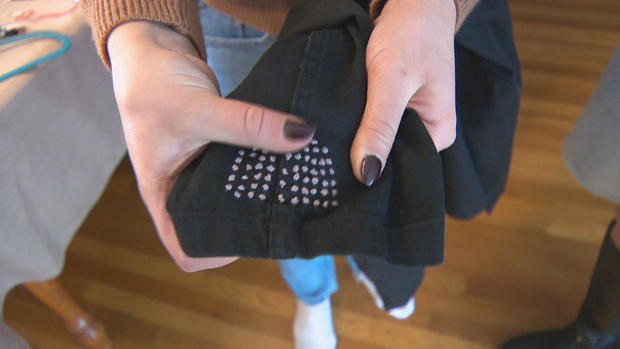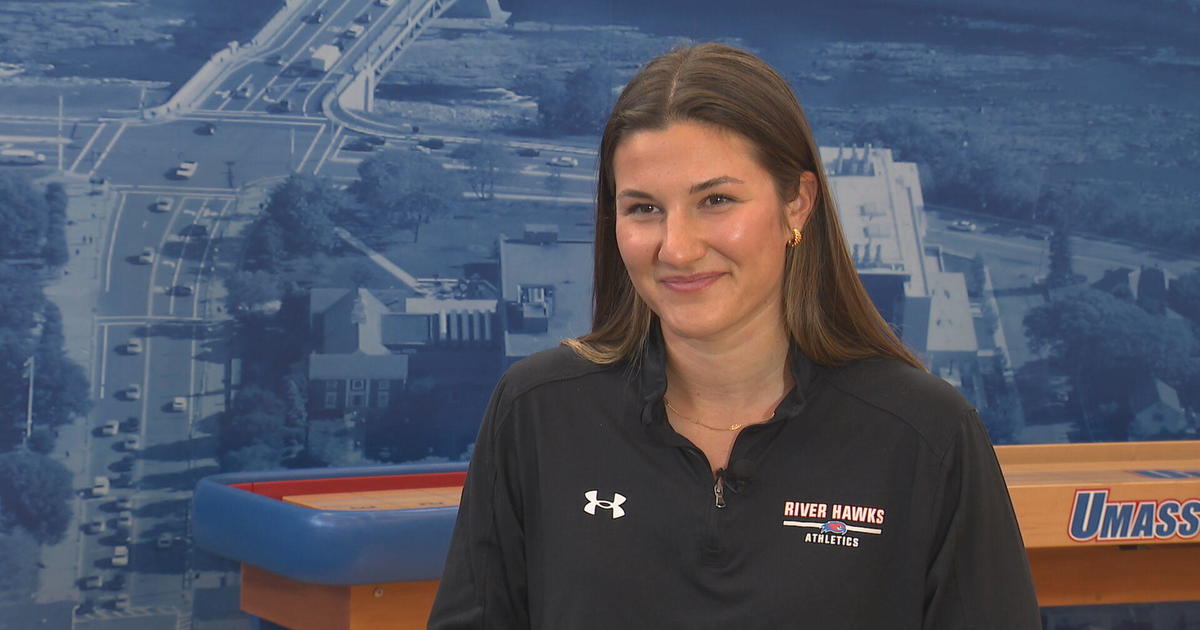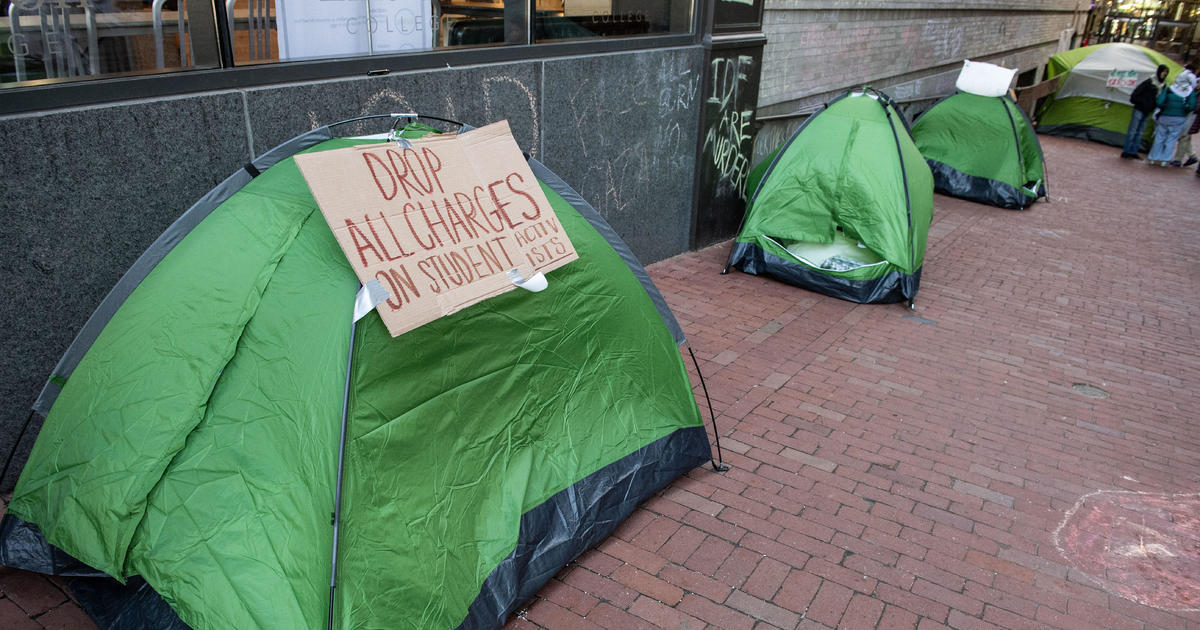"Every stitch is proof of connection," Cuerdos textured clothing patches help reduce anxiety
HOLLISTON – By the time Megan Burke got the idea for Cuerdos, she was confident that tactile patches on clothing could help people with mental health challenges. She drew on her own experience.
"I would sit in class—maybe a little nervous about a test—and I'd find myself rubbing my legs or putting my arms in a certain position like a self-hug to self-soothe," Burke told WBZ-TV.
At the time, she was a student at Villanova University where she had started a task force to evaluate mental health resources on campus. That opened a dialogue. Listening to and learning from other people's experiences provided valuable insight. A longtime "Project Runway" fan, Megan imagined a way to combine her love of fashion with her commitment to destigmatize mental health challenges. She began sketching out a plan on a scroll of paper that grew… and grew… and grew.
"The fact that I was able to get it out of my mind and onto paper. That was a big enough step for me to feel empowered that this might actually work." She wondered, "What if we had something to help our mental health that we won't lose? That we'll always have with us. That's where Cuerdos started."
Cuerdos is Megan's playful take on the Spanish word for "sane."
By embroidering texture in a pattern—in specific places—Megan turns an otherwise "plain" garment into a wearable tool with which to ease anxiety. She uses thrifted clothing which is often gender-neutral. The texture guides the wearer into natural ways of de-escalating and coping. In many pieces, the pattern of raised dots is almost invisible. When the embroidery thread and the garment are the same color, only the wearer knows that they are there. The texture's location is also subtle—along the cuff of a shirt or jacket, under the arm (helpful for people who cross their arms in anxious moments) or in the pocket of a pair of pants.
Megan's older sibling, Brit, explains how it works.
"Many neuro-divergent people or folks who do struggle with different mental health challenges will use what's called 'stimming' or self-stimulatory behavior to self-soothe," she told WBZ.
Brit says, particularly in noisy or anxious social situations, touching the texture on the clothing allows them to pause, refocus and use the sensation to relax. "It's very empowering because it says you can do something to change the state you're in."
Brit's mental health struggles were a catalyst for Megan's creation of Cuerdos. She witnessed the isolation and shame that Brit experienced. When Brit was hospitalized for mental health treatment, Megan saw patients who wore hospital gowns—not the comfortable clothing that Brit's parents brought them. The not-so-plain white t-shirt that Megan embroidered for Brit reminded them that they were loved.
"It seems small. But it isn't," Megan said. "It realized the agency and dignity of a person that's often not there when you're dealing with mental health challenges."
Megan says offering agency and dignity are Cuerdos' main purpose. Wearers have agency in using what is on their body to de-stress with the dignity of knowing that they are deserving of a handmade item.
Each piece of Cuerdos clothing comes with a tag that explains how the wearer can use the tactile de-escalation, a positive quote or message and a hand-written note. Megan spends 30-to-60 minutes embroidering each piece. Once items are embroidered, Megan introduces them—often modeling the clothing—in short videos on Instagram (@wearecuerdos). She also takes orders on the social media platform. It is a venture more focused on health than wealth. Megan charges only for the cost of the thrifted item and shipping. She has donated pieces to educators and to hospitals treating patients with mental health challenges.
She smiles, "It's actually therapeutic for me to embroider and have the opportunity to connect with someone. I like to say that every stitch is proof of connection."
Connection has been built into the fabric of Megan's advocacy efforts from the time she was in eighth grade. That was the year that she became a Project 351 Ambassador. She says that participating in the service-oriented non-profit empowered her to identify a need in her community (mental health services) and come up with ways to address it. A year later—not knowing how to talk with friends about her sibling's mental health struggles—she convinced her principal at Holliston High School to let her start the Beautiful Mind Campaign, a club for students to talk about their experiences and begin conversations designed to eliminate the stigma surrounding mental health challenges. She launched the club with five friends and a teacher. A year later, it boasted a hundred students and continues to be a resource at Holliston High.
"One phrase that I've come to adopt since then," Megan says, "Have the audacity to try and the humility to learn." She says it was a guiding principle in launching Cuerdos.
Megan is quick to point out that it's difficult to measure the impact of a mental health initiative in the same way that we measure a clothing drive or meal donation.
She relies on feedback. She says that every time she gets feedback, she rewrites it—in her own handwriting—so that she can see it, understand it and internalize it so that it can fuel what she does next.
"Success, to me, will be knowing that folks who receive the clothes use it in their everyday lives and recognized that they are loved and they matter," she said.





